|
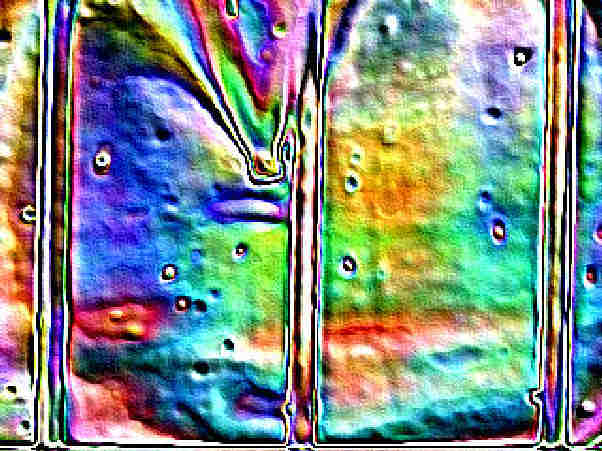
|
|
For all open positions: send an up-to-date resume and a statement of research interests to the persons listed as contacts. The statement letter must indicate why you are interested in the proposed research project and related application domain. Reference letters are also appreciated. |
Postdoctoral position
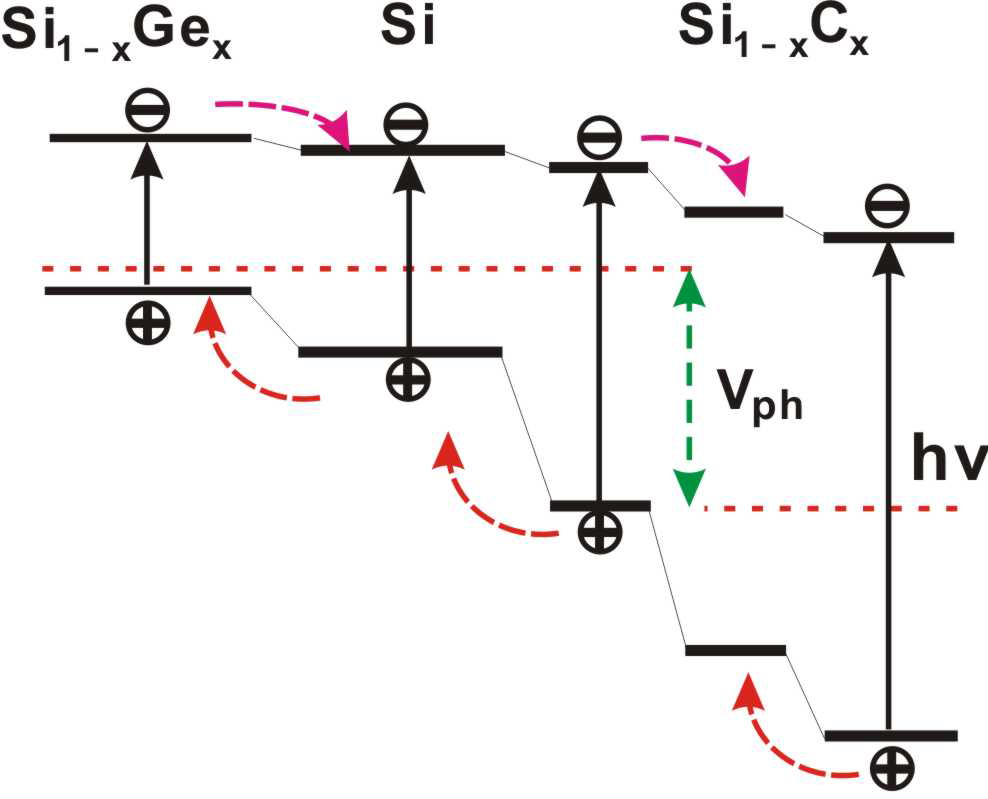
Keywords: Photovoltaic technology, first-principles calculation, tight-binding modeling, solid-state physics
Main application: Energy-Oriented Photonics
Main project assignment: First-Principles Simulation of Materials
 Application deadline: July. 31, 2008
Application deadline: July. 31, 2008
Contact: Jung Y. Huang
Funding: NSC and NCTU
Required background: First-Principles Simulation of Materials, Solid-State Physics
Prerequisites: PhD (sciences, or engineering)

 Description
Description
 PDF
PDF
Applications from outstanding candidates are invited for a fully funded three-year postdoctoral position
Applicants should have at least a PhD in physics, engineering, applied mathematics, or another related subject). A strong background in computer simulation of material.
The salary is based on qualification and NSC regulation, including healthcare.
Application Guidelines:
To apply, please send us the following documents (pdf files preferred):
- a statement of research interests,
- an up-to-date resume, including a publication list,
- at least one reference letter.
RESEARCH TOPICS
Scientific breakthroughs in solar energy utilization is needed to achieve the planned target of 0.3 $/Wp, 4TWp cumulative photovoltaic (PV) production in 2030. We propose to work towards this goal by developing a high efficiency (>15%) PV technology based on bandgap-engineered SiC-Si-SiGe heterojunction layers and self-assembled nanostructures of silicon quantum-dots in mesoporous silica (MS) matrix. Enhanced UV-to-NIR photoresponse has been reported for a photodiode with dense silicon quantum-dots embedded in MS. Phototransistor-like operation due to enhanced exciton resonant tunneling and injection was observed. We thus propose a related solar cell structure made of a superlattice of silicon quantum dots with gradually varying sizes inserted between p- and n-type mesoporous materials. To enhance the PV efficiency, various approaches involving cost-effective methods for transmission enhancement of solar energy will be investigated. First-principles numerical modeling with high-efficiency order-N package will be used to understand and improve the electronic structures of SiGe-Si-SiC thin-film system and Si quantum dots embedded in MS for PV application. The resulting carrier transport properties will be evaluated with the density functional theory based tight-binding model, which gives us merits of transferable and accurate interaction potentials to model very large material system indispensable for this project research.
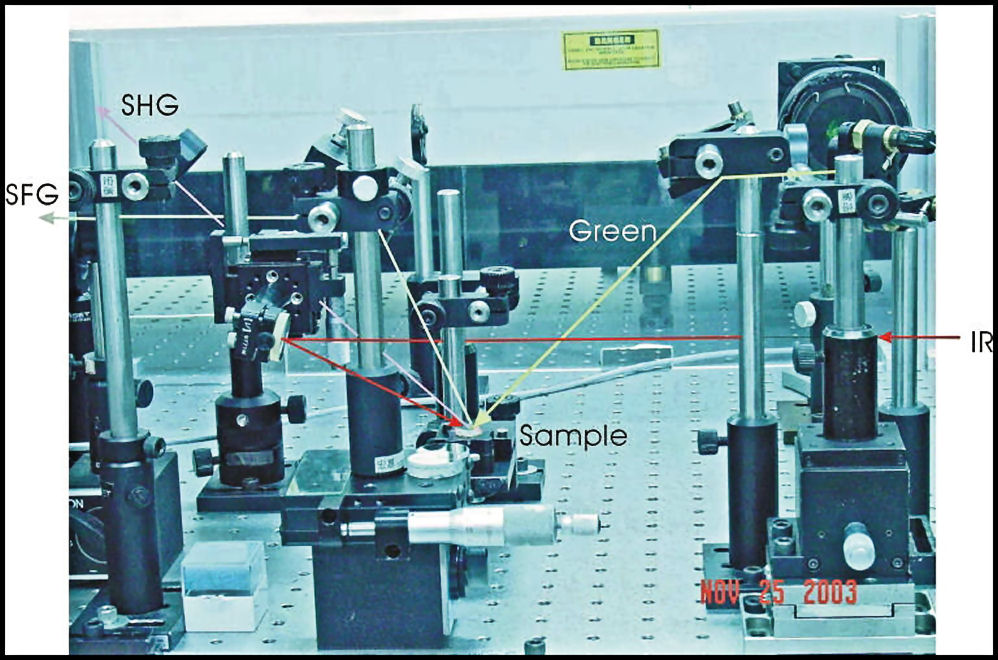
Keywords: Inverse Problem, LC Director Profile, Sum-Frequency Vibrational Spectroscopy
Main application: LC Physics and Advanced Spectroscopy
Main project assignment:
 Application deadline: July. 31, 2008
Application deadline: July. 31, 2008
Contact: Jung Y. Huang
Funding: NSC and NCTU
Required background: First-Principles Simulation of Materials, Solid-State Physics
Prerequisites: PhD (sciences, or engineering)

 Description
Description
 WebSite
WebSite
Applications from outstanding candidates are invited for a fully funded three-year postdoctoral position
Applicants should have at least a PhD in physics, engineering, applied mathematics, or another related subject). A strong background in computer simulation of material.
The salary is based on qualification and NSC regulation, including healthcare.
Application Guidelines:
To apply, please send us the following documents (pdf files preferred):
- a statement of research interests,
- an up-to-date resume, including a publication list,
- at least one reference letter.
RESEARCH TOPICS
Retrieving model parameters of material and device from measured data is useful while difficult task in view of the ill-posed nature of the inverse problem. We will develop theoretical and experimental procedures to retrieve the liquid crystal director profile from some advanced liquid crystal structures from measured optical probing data. The retrieved profiles will then compare with the simulated results to verify the accuracy and reliability of the techniques developed.
PhD research Opportunities
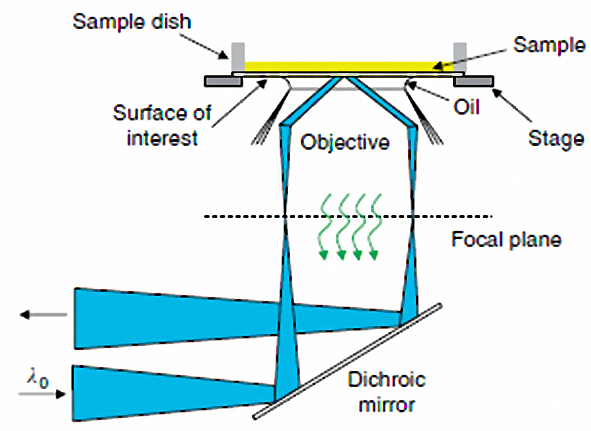
Keywords: Sub-Diffraction Imaging, Single Molecular Detection, Tracking, Single-Molecular Biophysics
Main application: Optical Microscopy, NLO Spectroscopy, Biophysics
Input image type: None
Main project assignment:
 Application deadline: None
Application deadline: None
Contact: Jung Y. Huang
Funding: NSC and NCTU
Required background: Ph.D degree in preparation
Prerequisites: NLO

 Description
Description
 PDF
PDF
Applications from outstanding candidates are invited for a fully funded studentship to undertake PhD studies.
RESEARCH TOPICS
The single-molecule probing method has become a valuable tool in single-molecular biophysics. If an optical process is employed for the probing method, the resulting technique possesses both single-molecule detection (SMD) sensitivity and minimum invasiveness. Hence optical probes have become the most attractive choice in the single-molecule approach. By using photo-activatable fluorophores, one can modulate the fluorescence emission profile of individual fluorophores in time such that only an optically resolvable subset of fluorophores are activated at any moment, allowing their localization with high accuracy. It has been well known that photo-activatable fluorophores are the major obstacle in the wide-field sub-diffraction imaging technique. This research project is therefore aimed to yield a refined understanding of the photo-switching mechanisms, including the identification of all states and intermediates involved, and to help the development of new improved molecular photo-switches. Important issue on subcellular organelles in biophysics, such as the interaction between cell-penetrating peptides and a cell membrane, structures and diffusion process of lipid rafts in a cell membrane, will be investigated to verify the functionality of the sub-diffraction imaging and localization tool established.
Internships
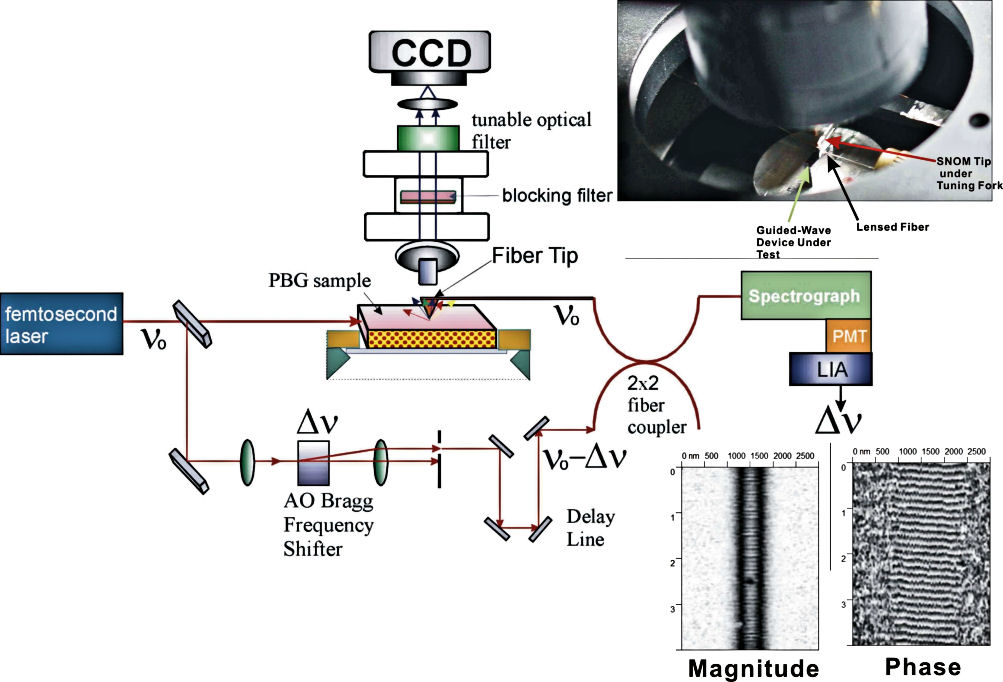
Keywords: SNOM, heterodyne interferometry, fiber optics, photonic devices
Main application: guided-wave photonics
Input image type: None
Main project assignment: SNOM
 Application deadline: July 31 2008
Application deadline: July 31 2008
Contact: Jung Y. Huang
Required background: M.S.
Prerequisites: Matlab, C, Labview

 Description
Description
 WebSite
WebSite
RESEARCH TOPICS
The key to a successful development of functional photonic devices lies in the fabrication and characterization. Valuable diagnostic tools not only improve our knowledge of photonic devices but also help to establish the design rules. In view of the impact, during the past year we had initiated an effort to develop a diagnostic platform for nanophotonic devices.
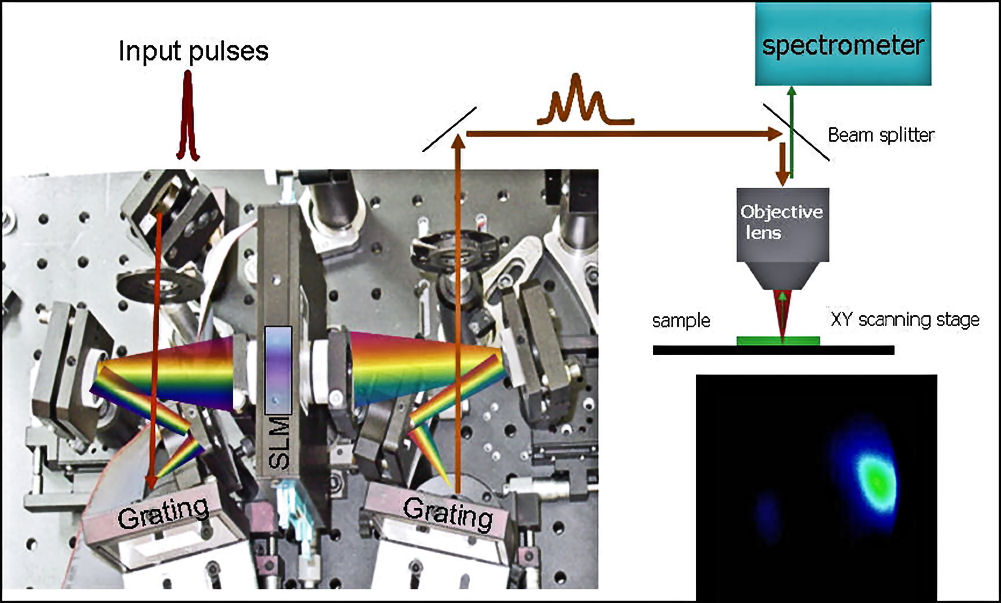
Keywords: biomolecule, quantum control, femtosecond dynamics
Main application: femtosecond spectroscopy of biomolecules
Input image type: None
Main project assignment: SNOM
 Application deadline: July 31 2008
Application deadline: July 31 2008
Contact: Jung Y. Huang
Funding: NSC
Required background: B.S., M.S. degree
Prerequisites: femtosecond lasers, C, Labview

 Description
Description
 WebSite
WebSite
RESEARCH TOPICS
The purpose of femtosecond coherent control study is not only to control the evolution of a complex system but also to deduce the detailed dynamic mechanism from the optimal laser field used. Recently, we have developed a freezing phase algorithm appropriate for adaptive quantum control with a femtosecond pulse shaper. With the technique the desirable optical field characteristics can be verified and be used to selectively excite one type of probe molecule while leave the others in their ground state. Coherent control also offers an additional degree of freedom to distinguish coherent and incoherent nonlinear optical processes. We combined a scanning optical microscope with a femtosecond pulse shaping apparatus to achieve selective mapping of the distribution of specific species with coherent control methodology.